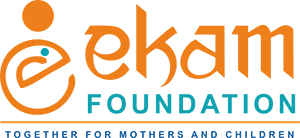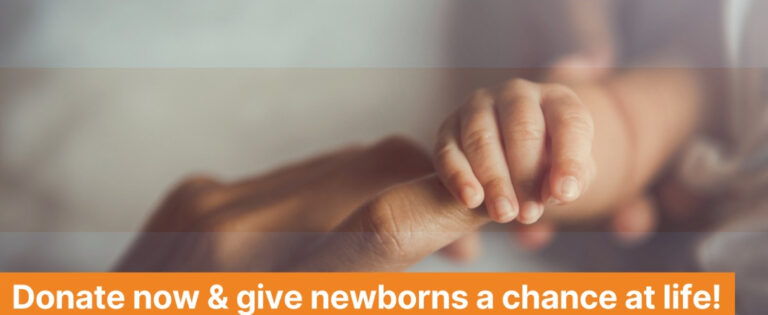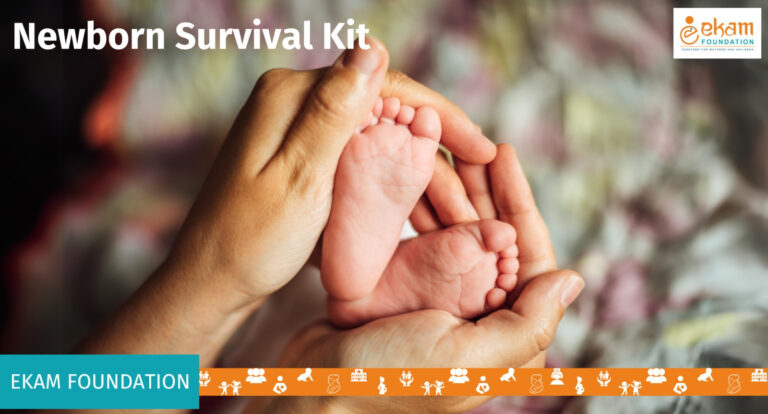Early identification and financial assistance towards medical treatment and surgeries for children from low socio-economic backgrounds.
ISSUE
With the birth of 25 million children each year, India accounts for nearly one fifth of the world’s annual child births. Every minute one of those babies dies. The major causes of death for children under-five years of age consists of infectious diseases, including pneumonia, diarrhea and malaria, along with premature birth, difficulty in breathing at birth (birth asphyxia) and birth defects (congenital malformations). Nearly 3.5 million babies in India are born too early, 1.7 million babies are born with birth defects, and one million new-borns are discharged each year from New-born ICUs (Source: UNICEF). These children remain at high risk of death, stunting, and developmental delays.
Access to treatment for these largely preventable common childhood diseases can save many young lives. However, there is a thin line between life and death which is very often dictated by the availability of resources. Dealing with life-threatening illnesses and medical situations in children is a harrowing and daunting experience for any parent. Out-of-pocket expenditure and the inability to pay for treatment add to their existing woes, thereby adding to their distress.
EKAM Foundation ensures early identification of health problems and access to life-saving medical treatment for the marginalized children at the right time.
EKAM’S INTERVENTION:
‘SAVE A CHILD’- Direct Medical support Provision
No child should be denied the right to health care, under any circumstance – this is the key mantra of Ekam. Ekam’s ‘Save A Child’ program ensures early identification of health problems and life-saving medical treatment for the marginalized children at the right time.
- 24×7 helpline and screening camps for treatment referrals.
- Leveraging government resources like insurance and schemes.
- Provision of Direct Medical support including drug support, hospitalization, surgery, expenses at the hospital.
A strong follow-up mechanism After the child is discharged, as part of our follow-up mechanism we will do home-visit/phone call to track the child’s health progress, counsel the parents/caregivers on child care and support them in following the doctor’s advice.



